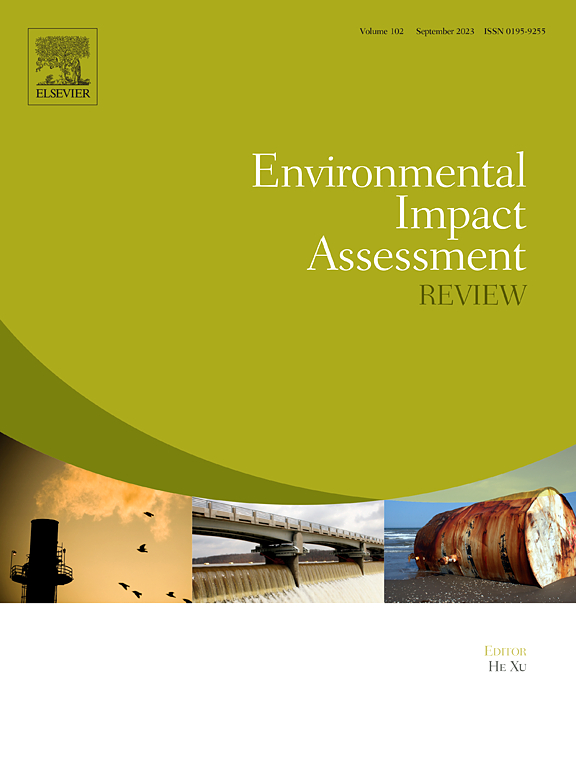How does digitalization drive carbon emissions? The inverted U-shaped effect in China
Abstract
Digitalization has become an engine driving industrial transformation and social change; however, the impact on carbon emissions during digital transformation remains poorly understood. We used the Tencent Digitalization Index based on big data to explore the effects of digital development on carbon emissions in China's 281 cities. The results show that the impact of digitization on carbon emissions follows an inverted U-curve in China, supported by a series of robustness tests. Considering city geographical location and resource endowment, this non-linear effect of digitalization on carbon emissions is more significant in eastern and non-resource-based cities. The inverted U-shaped impact of digitalization in central and western cities is not significant and resource-based cities have not yet reached the carbon reduction inflection point. Spatial spillover analysis indicates that digitalization will reduce carbon emissions of neighboring cities in the mature digital period. Digitalization also affects carbon emissions by promoting industrial structure upgrading and economic development. Understanding the relationship between digitalization and carbon emissions is a key ingredient for urban sustainable transformation, representing crucial knowledge for building climate-resilient cities and for policy-making.

 求助内容:
求助内容: 应助结果提醒方式:
应助结果提醒方式:


